By Jeffrey A. Easton
A major dilemma confronted Alexander the Great and his 35,000-man Macedonian army in the summer of 334 bc, as they moved to secure the northwestern corner of Asia Minor. Alexander had just destroyed a vast Persian army at the River Granicus in early June, and subsequently had conquered the hostile tribes in the region of Mysia. His next move would be crucial. He could move east to engage the Persian emperor Darius immediately, leaving key Persian-controlled port cities untouched on the western coast. His other option was to march down the coast and systematically seize control of the Persian naval bases. After considering the counsel of his top generals, Alexander’s sense of pragmatism won out against his desire for an immediate confrontation with his rival—he elected to push down the coast. In his path stood well-fortified enemy strongholds manned by the remnants of the Persian army from the battle at the Granicus and other components of their western army. In addition to these forces, large contingents of Greeks and other mercenary troops served in the army of Darius.
When Alexander led his army across the Hellespont and into Asia in May 334, he left behind a force of only 12,000 infantry and 1,500 cavalry to maintain a tenuous grasp on the Macedonian-dominated alliance of Greek city-states, the League of Corinth. The southern cities on the Peloponnesus—most notably Sparta—put up resistance against Macedonian interference in Greece. The Aegean Sea was under heavy Persian influence during this period, patrolled by an extensive Persian fleet. From the port cities on the western coast of Asia Minor, the Persians maintained frequent communication with the southern Greek cities, in addition to recruiting heavily from the regions of Lycia, Lydia, and Caria. As dangerous to Alexander’s Asian expedition as losing a battle in the field was the ever-present threat of a significant rebellion at home. The Persians were more than content to cultivate anti-Macedonian sentiment in Greece, an opportunity that their presence in the Aegean enabled them to pursue. This had, in fact, been the advice of Memnon, a talented Greek general-in-exile then serving under the Emperor Darius, prior to the engagement at the Granicus. In addition to the risk of Persian interference in Greece, the considerable natural resources to be found in the coastal regions of western Asia Minor were well worth a difficult fight, Alexander reasoned.
Alexander arrived in the Troad, the northwestern corner of Asia Minor, in May with an army of 30,000 infantry and 5,000 cavalry. Upon his arrival he visited a number of sites venerated from the Trojan War. The locals even presented him with a suit of armor from that epic conflict, and thereafter he always had this mystical panoply carried near him in battle. When the Persian satraps in western Asia Minor finally reacted to the Macedonian invasion, they proceeded boldly to face the upstart young king. At the River Granicus the Persian army deployed using the waterway as a defensive barrier, believing that Alexander could not cross and attack them where they stood. In heroic Alexandrian fashion, the Macedonian king defied this belief and personally led his infantry and cavalry across the river in a headlong charge into the enemy lines. The stunned Persian army was routed, losing some 15,000 men compared to Alexander’s meager 100 casualties.
Following the battle, the Persian army reeled south. There, the mercenary general Memnon first took the reins of the Persian forces in the western part of the empire. Memnon had opposed facing Alexander in open battle at the Granicus, and he subsequently followed a similar strategy. He gathered another vast Persian army, possibly including as many as 20,000 Greek mercenaries. Memnon’s first move was to retreat from Mysia and garrison the fortified city of Ephesus, in the region of Lydia to the south.
Alexander’s situation on the western coast of Asia Minor was further complicated by the fact that he had a small fleet of only 120 ships. He could not realistically hope to seize the Persian port cities in a naval action with such a small force. One of his chief generals, Parmenio, advised him to give battle at sea, nonetheless, to make a show of strength. Alexander, however, did not want to risk a defeat that could spark an open rebellion in Greece and strand his army in Asia. Instead, he devised a plan to attack the fortified cities by land. If he could capture the cities, the Persian fleet would have no significant bases in the Aegean and would be forced to sail to other waters. As Alexander gathered his forces to move south, Persian scouts monitored his every move. The Macedonian army was marching straight into the teeth of a large, well-supplied enemy force that knew it was coming and was already deployed behind densely constructed walls.
The first Persian stronghold lay several miles into the hinterland of Asia Minor at Sardis, a key city in the region of Lydia. Capturing Sardis was the key to controlling Lydia, and Alexander moved swiftly on the city. Upon receiving news of the approach of the Macedonian army, the Persian satrap at Sardis, Mithrines, surrendered the city without a fight. Next, Alexander marched southwest for four days until he came to the city of Ephesus. Here again, the Persian force under Memnon made a hasty retreat rather than risk battle with Alexander, and the city fell into Macedonian hands with minimal bloodshed. At Ephesus Alexander displayed a rare (for him) humanitarian quality, pardoning even those citizens who had opposed him before his arrival. He also restored democracy to the city and recalled Ephesians who had been exiled by the Persians.

Alexander’s Fleet Blocks Off the Much Larger Persian Navy
Macedonian detachments also captured the important cities of Magnesia on the coast and Tralles along the Maeander River, thereby securing western Asia Minor north of Caria. In the capable hands of Parmenio, Alexander left behind 5,000 troops to subdue the final pockets of resistance in the area and to extend his lines of supply and communication. In the meantime, Alexander had received word that the vast Persian force that had thus far eluded him was gathering in the port city of Miletus, positioned on a small peninsula just south of the Maeander. The final pieces of the puzzle concerning the conquest of the western coast, however, would not be as bloodless as the minor scrapes at Sardis and Ephesus had been.
Miletus, one of the two major harbors in Caria, boasted a strong outer wall behind which defenders could survey the surrounding landscape. The inner section of the city contained a second wall and the fortifications on the citadel proper. With the Persian fleet in the Aegean never far from its port, the garrison at Miletus was well supplied and informed. It was there that Memnon decided to make his first stand against the oncoming Macedonian wave. Parmenio and his detachment soon rejoined Alexander and the bulk of the army en route to the city.
After he made camp, Alexander discovered that the Persian fleet was out of port. Parmenio once again urged the king to send out the small Macedonian fleet to surprise the Persian ships, arguing that a naval victory would be momentous, while a defeat would not spoil the campaign significantly. Alexander held a different view, not wishing to risk his limited resources on such a precarious mission. Instead, he ordered his admiral, Nicanor, to blockade the harbor of Miletus with the Macedonian ships on hand. By this point, Nicanor commanded a fleet of 160 vessels, and his quick maneuver succeeded in blocking the much larger Persian fleet from entering the shallows of the harbor once it arrived, thereby negating the superior Persian numbers.
With the Persian fleet barred from the harbor of Miletus and Memnon’s army garrisoned inside the city walls, Alexander launched a siege. In the early days of the action, the outer wall of Miletus crumbled under the constant Macedonian sorties. Alexander was unable to exploit the breach in the defenses, however, and at about the same time Persian naval reinforcements arrived on the scene. He had to siphon forces away from the main siege to bolster Nicanor’s blockade, including a detachment of Thracian cavalry and 4,000 mercenary infantry that was transported to a tiny island within the harbor. Despite several attempts to lure the Macedonian ships out of their strong position, the Persian fleet failed to dislodge Nicanor’s line of defense, and they put in at the nearby island of Mount Mycale. The mighty Persian navy would have to observe the remainder of the siege of Miletus helplessly and from a distance.
Over the next few days the Macedonians pounded away at the damaged defenses of Miletus. Memnon commanded a strong defense, positioning defenders brilliantly and launching timely counterattacks to neutralize the Macedonian forays. The first to crack under the pressure of the situation at Miletus were its citizens, who were largely indifferent toward both the Persians and the Macedonians. A leading aristocrat named Glaucippas visited the Macedonian camp, advising Alexander that the Milesians wished to end hostilities. In an answer that defined the resolve of Alexander’s cause, he advised Glaucippas to prepare his people for a lengthy siege— neither he nor his army were about to abandon the operation. Alexander ordered the construction of additional siege equipment, and the battering of the city walls continued unabated. Finally, after many days, the Macedonian maelstrom took its toll on the defenses, as the inner walls of the city gave way. Alexander ordered a mass infantry advance to rout the remaining defenders out of the city.
A number of the Persian defenders, including Memnon and his command staff, managed to slip out of Miletus unharmed. Many other Persians and Greek mercenaries, as well as many Milesian citizens, were not so fortunate. Some fled the scene by floating away on makeshift rafts and even shields. A small number of the runaways escaped and linked up with Persian ships outside the blockade, but most drowned in the harbor. Alexander granted amnesty to the remaining Milesians, and even welcomed 300 of Memnon’s Greek mercenaries into his own ranks.

With Miletus safely in Macedonian hands and the shattered western Persian army fleeing southward again, the Persian fleet sailed out of the area. At this point, Alexander made a crucial decision—he disbanded all but 20 ships of his fleet. He believed that Nicanor’s blockade at Miletus had been a stroke of good luck that was unlikely to be repeated. Moreover, the maintenance of even a small fleet placed a significant drain on Alexander’s already overextended coffers. One ancient historian speculated that Alexander sent away his navy to inspire his men to fight even harder, since they now had no means of escape from Asia. Whatever the case, Alexander had placed himself in a situation where he had to capture Caria’s other major port exclusively by land assault.
Halicarnassus was the greatest city in Caria, and it was there that Memnon retreated following the abandonment of Miletus. Halicarnassus stretched across the Gulf of Cos and was located in a naturally defensible position. The Persians had gone to great lengths to strengthen the battlements, constructing perhaps the most imposing walls and towers of any city in the western Persian Empire. A moat, some 40 feet wide and 23 feet deep, surrounded the city. Three strongly fortified gates, well guarded and maintained, represented the weakest spots in the awesome city walls. The outer defenses also enclosed three main citadels, with the two strongest, Salmacis and Arconnesus, positioned on either side of the harbor. In addition to the regular Persian garrison at Halicarnassus, mercenaries and reinforcements swelled Memnon’s ranks. In all, some 30,000 Persian defenders awaited Alexander’s army. The Persian fleet also sailed into the harbor at Halicarnassus, ensuring ready supply to the defenders.
By August, Alexander was marching his army south through Caria, liberating settlements as he went. In the Greek towns, he granted autonomy and exemption from taxation in the growing Macedonian sphere of influence. He won the support of the Carian citizenry when he promised to restore an exiled native princess as governor of the region. Yet when he caught sight of the walls of Halicarnassus, Alexander’s altruism gave way to ferocity and brutality. He ordered the first Macedonian assaults on the city almost before he set up camp about a half mile southeast of the city. At the Mylasa gate on the city’s western wall, the advancing Macedonians drove back the Persian skirmishers that were sent out to meet them. The next few days saw Alexander’s infantry escalate its attack on the city walls, while sappers began to fill in the immense moat and the lumbering siege engines began to deploy. At Halicarnassus, as at Miletus, the diversity of Macedonian troop types—slingers, spearmen, and the numerous heavy cavalry that Alexander always led personally—played a limited role in the siege operations. It fell to the infantrymen and engineers to do all they could to wreck the solid Persian defenses. Meanwhile, Memnon’s defenders kept pace with a steady barrage of missile weapons and sporadic counterattacks outside the walls.
The Macedonians Suffered 316 Casualties, as well as Incurring Significant Damage to Their Engines.
A few days into the siege, Alexander diverted his attention from the main assault on the city and assembled a mixed force of cavalry, infantry, and missile troops for a special mission. He led the convoy around the city to a road leading to the nearby town of Myndus. After feigning an attack at the western Myndus gate, he marched his army west toward the settlement. An envoy from Myndus had previously sent word to Alexander, promising to turn the town over to the Macedonians. Capturing Myndus would provide another base of operations in the area and enable the Macedonians to place more pressure on the defenders at Halicarnassus. Believing that he could occupy the strategic position without much difficulty, Alexander took along no siege equipment for the mission. Once word of Alexander’s march spread, Memnon hurried reinforcements to Myndus, closing the city gates. Finding his small detachment outmatched, a frustrated Alexander was forced to turn back to camp.
After pounding the walls of Halicarnassus for days, Alexander found that he had made little progress in bringing Memnon’s army to its knees. By this time the Macedonian sappers had completed filling in the moat. With solid footing now available, Alexander ordered his siege engines to prepare for an assault. However, when night fell on the field, a Persian patrol infiltrated Macedonian lines and set fire to many pieces of siege equipment. The startled Alexander managed to organize an effective counterattack. Officers on both sides spurred on their fatigued units, while soldiers fought over the bodies of their fallen comrades. Finally the skirmish ended, but not before the Macedonians had suffered 316 casualties, as well as significant damage to their engines.
The siege dragged on, the pattern of alternating Macedonian attack and Persian repair and counterattack becoming a daily occurrence. The stress of the protracted struggle began to take its toll on both sides. Alexander risked losing control of his fatigued army. One night a number of frustrated Macedonians under the command of Perdiccas got drunk and rushed headlong at the Mylasa gate in a foolish attack. The Persians inside were all too eager to deal with the renegade force and hurried outside to meet them. The ensuing skirmish escalated rapidly into a full-scale engagement as Perdiccas brought up support troops to aid his comrades. Memnon responded in kind, sending out additional defenders to engage the enemy. The Persians gained the advantage—they had quickly amassed a superior number of troops—and burned several more pieces of Macedonian siege equipment. The action ended only when Alexander himself appeared on the scene with additional troops and the Persians retired through the city gate. Memnon and Alexander agreed to a brief truce, just long enough for the Macedonians to gather their numerous dead and wounded from the base of the city walls.
Alexander remained in a difficult position. For over a month his army had hammered away at the defenses of Halicarnassus with little success. The hot, dry summer of western Asia Minor was giving way to autumn, and Memnon’s garrison still sustained an impressive resistance. In some instances, repaired sections of the wall were even stronger than the original walls. The success of the entire Macedonian expedition hung in the balance as its momentum stalled against the strong walls of Halicarnassus. If Alexander were to withdraw, he risked losing prestige in the eyes of both the Persians and the Greeks, and he would leave a key enemy stronghold intact on his western flank. He had no genuine hope of starving out the defenders, who remained well supplied by sea. The Macedonian king had no choice but to redouble his effort to punch through the walls and overthrow the city’s garrison.
In one mass attack on the city’s main gate, a Macedonian force finally threatened to penetrate the walls. A Persian counterattack resulted in a large-scale battle in the shadow of the mighty gate. The Macedonian phalanxes gained the advantage, and the defenders scrambled for the safety of the walls. The fleeing Persians created a human traffic jam on the moat bridge, which gave way under the weight, killing many soldiers. Although Alexander could have followed up this success, he called off the assault because of his men’s fatigue and because he did not want to risk a slaughter inside the walls—he still harbored the faint hope that the Halicarnassian citizens would pressure Memnon to surrender. The day’s battle was the biggest engagement of the siege to that point. Some 1,000 defenders and 40 Macedonians were killed, the latter figure including some of Alexander’s most trusted officers. Alexander remained undeterred in his commitment to capture the city, and his army showed no sign of relenting.

The following morning Memnon held a council of his generals, and the consensus was that they needed to launch an offensive to break the Macedonian siege. A Greek mercenary officer named Ephialtes was selected to lead a handpicked unit of 2,000 infantrymen on a raid against the unsuspecting Macedonian camp. Under cover of darkness on the chosen night, Ephialtes led half of his saboteurs toward the Macedonian camp and ordered the other half to set fire to the remaining siege engines near the city walls. The Macedonians were surprised by the night attack, but a few units were able to form up and engage Ephialtes. A bewildered Alexander emerged from his headquarters and rapidly assessed the situation. He ordered the best of his infantrymen into three phalanxes and instructed additional crews to extinguish the flaming siege equipment. Alexander, on foot, took up position at the head of the formation and advanced on Ephialtes. For once the king could not inspire his men, and the Macedonians could not gain an advantage, their situation made worse by the countless missiles being fired down on them from atop the city walls and from a special 100-foot-high wooden tower constructed for the raid.
When the Macedonian phalanx began to falter, Memnon, sensing victory was at hand, rushed forth from the gate with additional troops. Alexander faced one of the most crucial single moments of the entire Persian expedition, and the young king could not have planned what happened next. A number of Macedonian veterans, men who had long served under Alexander’s father Philip and were exempt from combat duty under Alexander, suddenly emerged on the scene. In a display that rivaled the dramatic flair of Alexander himself, the savvy veterans chided their younger counterparts and rallied the infantry. The inspired Macedonians tightened their ranks and surged forward against Ephialtes’s force. The tide turned swiftly in favor of the Macedonians as the defenders were driven back by the rhythmic push of the Macedonian sarissae and shields. Memnon’s force suffered extensive casualties, with Ephialtes among the slain. Memnon ordered a full retreat, and in the chaotic rush back to the gates, a number of energized Macedonians penetrated the city walls before breaking off the pursuit.
The great night battle was the turning point of the siege. Alexander had been surprised by the enemy assault, and the decisive factor in the victory had been out of his hands. Nevertheless, as the sun rose the next morning, the weary but invigorated Macedonian troops took stock of their situation, which had suddenly improved greatly. The morning following the botched attack, Memnon called another assembly of his generals. It was now October—over two months into the siege—and the Persian high command realized that the defenders, both Persian and Greek, were exhausted. Memnon’s position within the formidable defenses at Halicarnassus had been a strong one. His men had been well supplied and enjoyed superior numbers. Despite these considerable advantages, the defenders failed to hold up against the unrelenting onslaught thrown at them by a determined Macedonian army. The decision of Memnon’s council was to abandon Halicarnassus as they had done at Miletus months earlier.
Brute Force or Strategy?
While Alexander’s men continued to hammer the walls, Memnon ordered a small garrison of skilled soldiers under his subordinate Orontopates to remain behind and hold out in Salmacis and Arconnesus, the two strongest citadels of the city. These well-fortified positions along the harbor would allow the remaining forces to hold out for a significant amount of time, and thereby continue to occupy at least part of the Macedonian army. Meanwhile, Memnon and the bulk of his army escaped by sea to the nearby island of Cos, but not before setting fire to many buildings within Halicarnassus. As the defending army evacuated the city, Persian deserters alerted Alexander to the situation. The young conqueror triumphantly led his army through the gates that for so long had withstood their challenge. He ordered crews to extinguish the blazing structures and issued a decree that the citizens should not be harmed.
Over the next few weeks, Alexander rapidly consolidated his power in Caria by subduing the remaining pockets of resistance. He left Ptolemy behind with 3,000 infantrymen and 200 cavalrymen to capture Salmacis and Arconnesus, the last vestiges of the Persian presence at Halicarnassus. The strongholds held out for another year before finally capitulating. The last months of 334 found the Macedonians marching along the southern coast, battling hostile forces in Lycia, Pamphylia, and Cilicia. Region by region, they drove the Persians out of Asia Minor. During the winter, Alexander allowed some of his veterans and recently married soldiers to visit Macedonia. These furloughed men were also instructed to recruit new levies from Corinthian League members, as well as from the Peloponnesus, further evidence of Alexander’s tightening grasp on his Greek empire.
In the spring the Macedonian forces gathered at Gordium, where Alexander cut the legendary knot before resuming his campaign against Darius. According to legend, whoever could unravel the knot was destined to rule Asia. Memnon continued his resistance against Alexander, and spent the later part of 334 and early 333 carrying out small operations on islands in the Aegean. He enjoyed limited success in winning allies in the Greek islands before he died suddenly in the spring. Memnon’s plans were thoroughly abandoned following his death, and any hope Darius had of regaining influence in the Aegean was dashed. Late in 333, Alexander finally had his head-to-head confrontation with Darius himself at Issus, which resulted in another decisive Macedonian victory.
Alexander’s brute-force approach at the sieges of Miletus and Halicarnassus contrasted greatly to the strategic and tactical precision he exhibited in routing numerically superior Persian armies at Granicus and Issus. But these victories at the coastal bases effectively broke the resolve of the Persian army in the west and set the unrelenting tone that characterized the remainder of the Persian expedition. The determined Macedonian army, led by the example of their indomitable young king, had endured great hardship and defeated considerable enemy forces in a difficult environment. In winning the test of military prowess at Miletus and Halicarnassus, Alexander secured his western flank and control of the Aegean Sea, an achievement that contributed greatly to his ultimate success in his celebrated campaign against the Persian Empire.
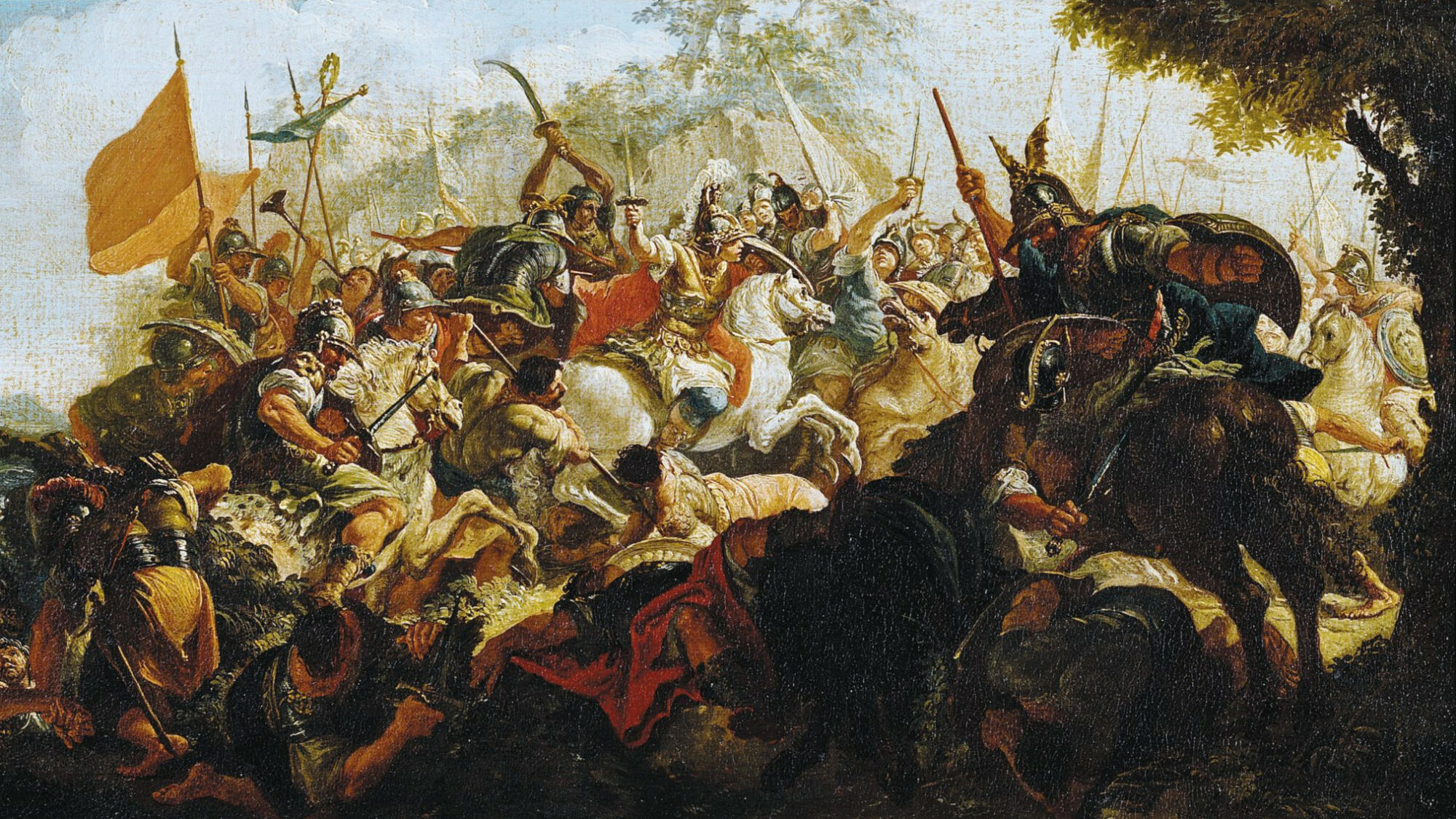

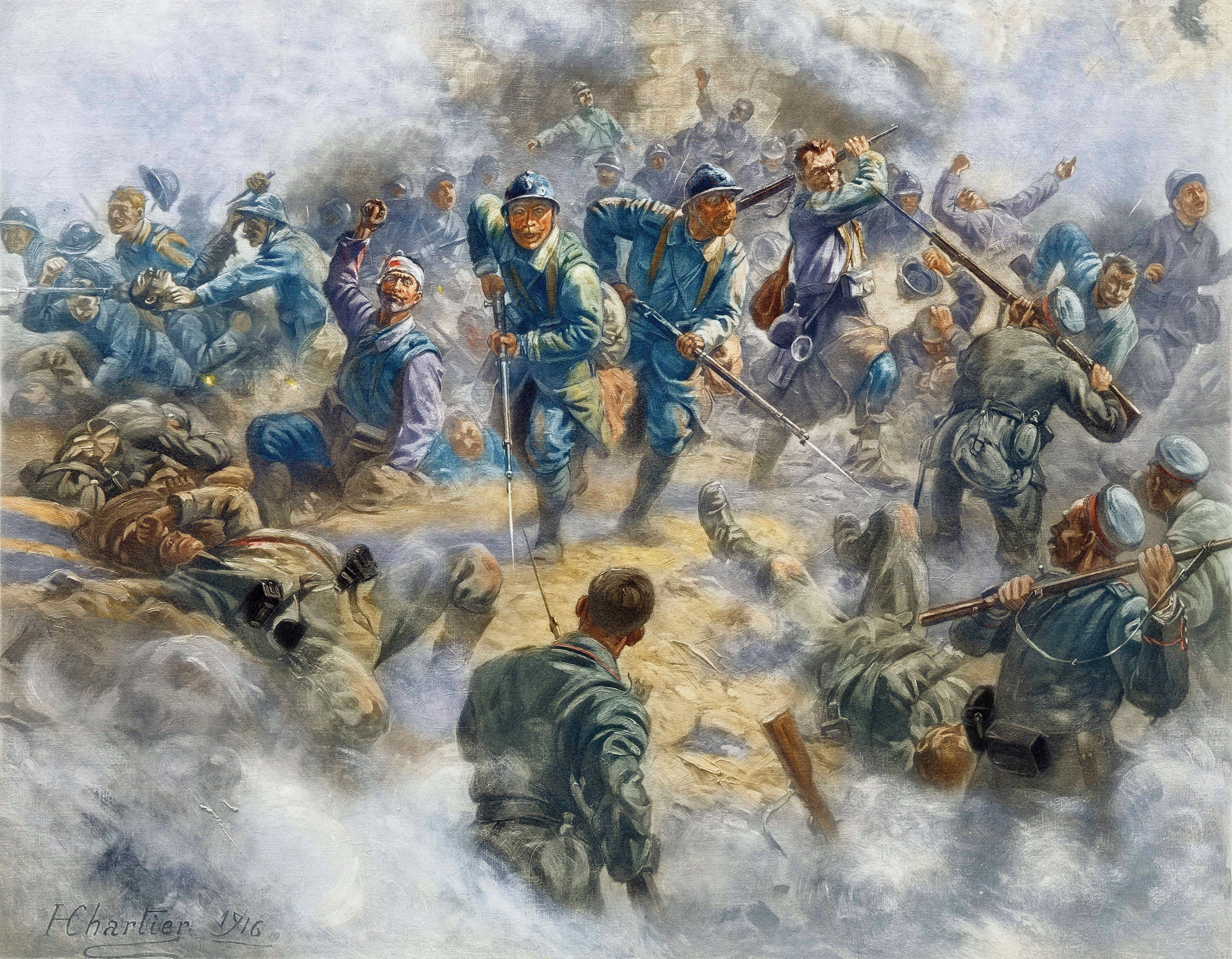
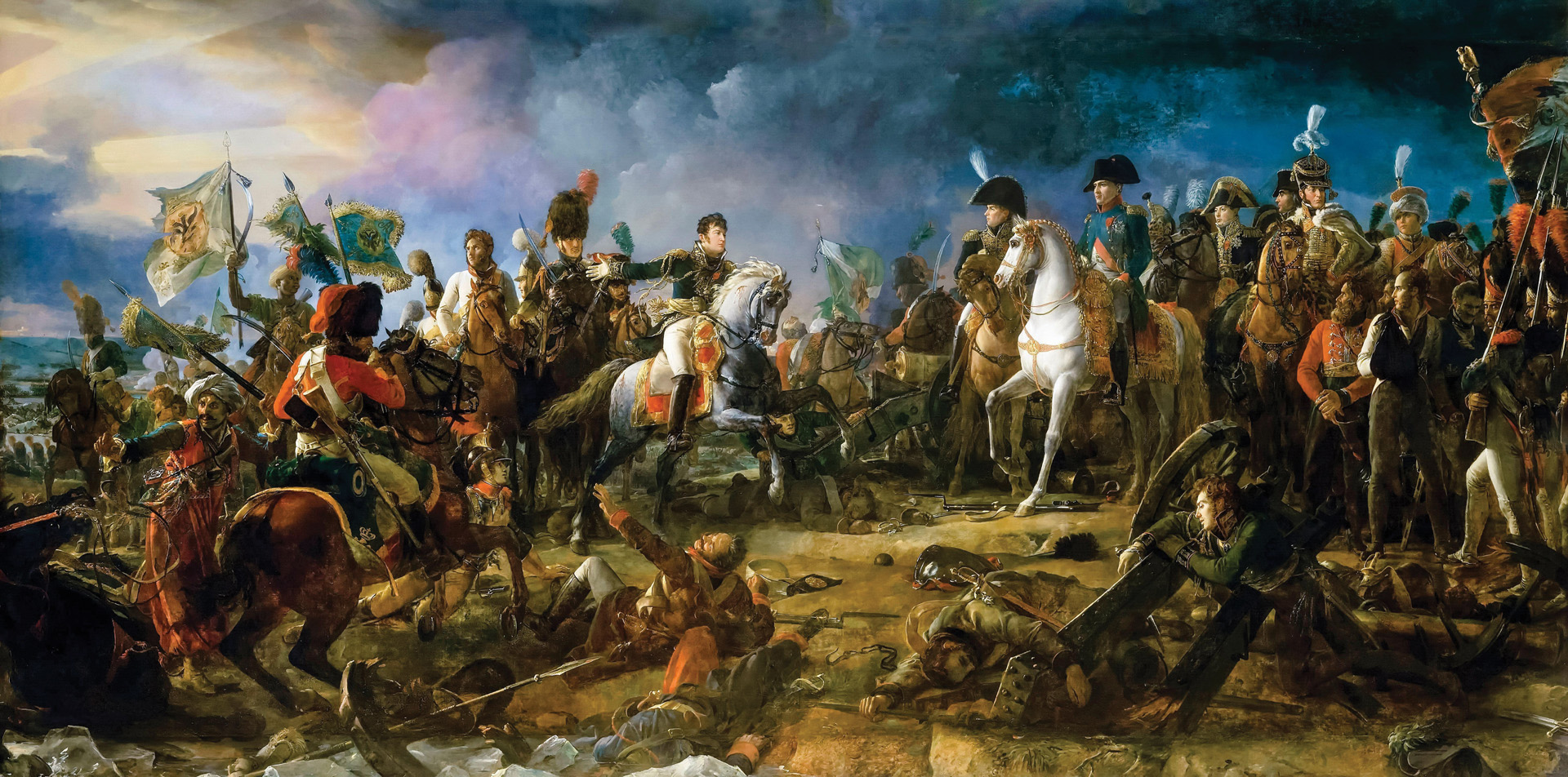
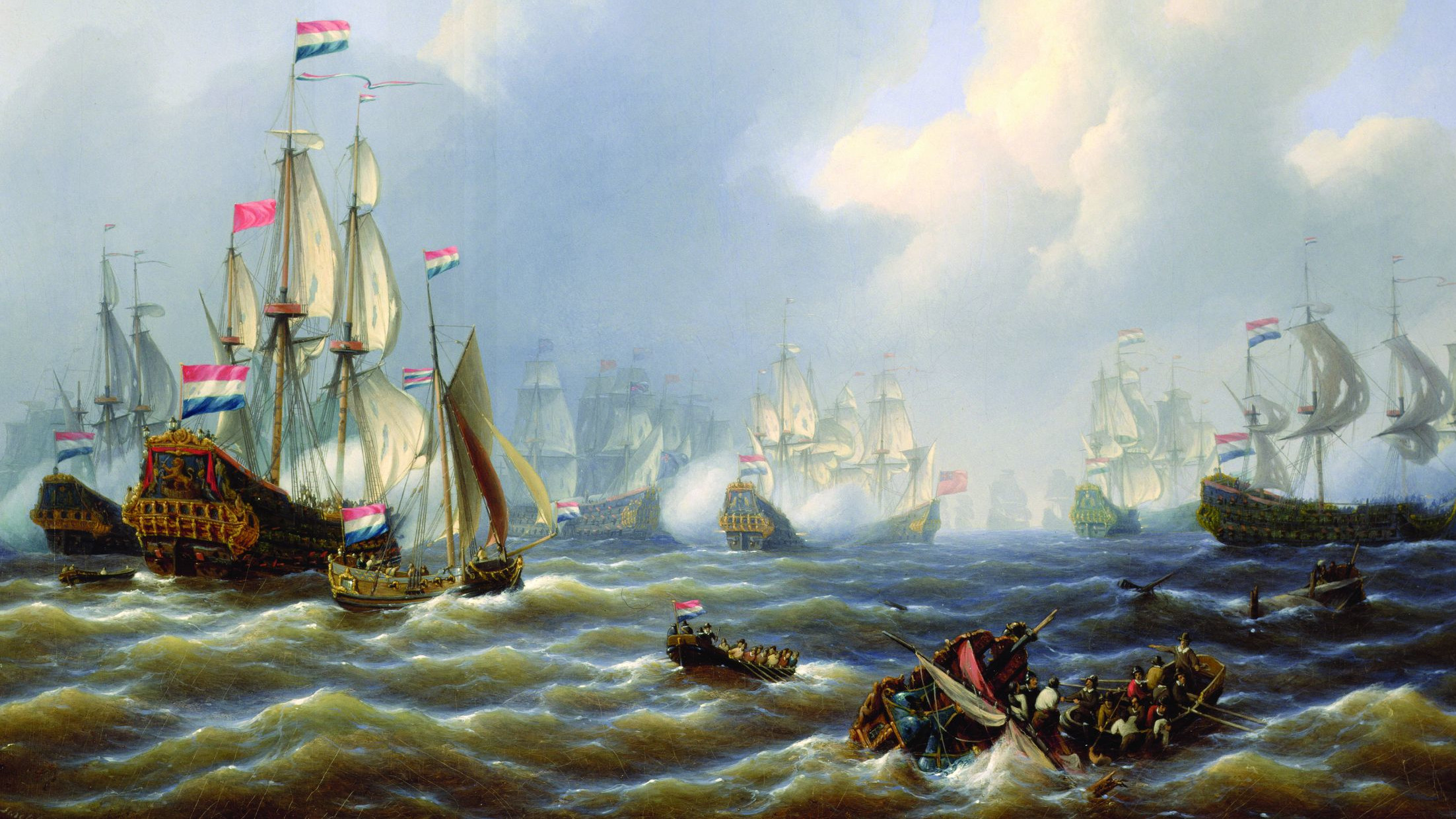
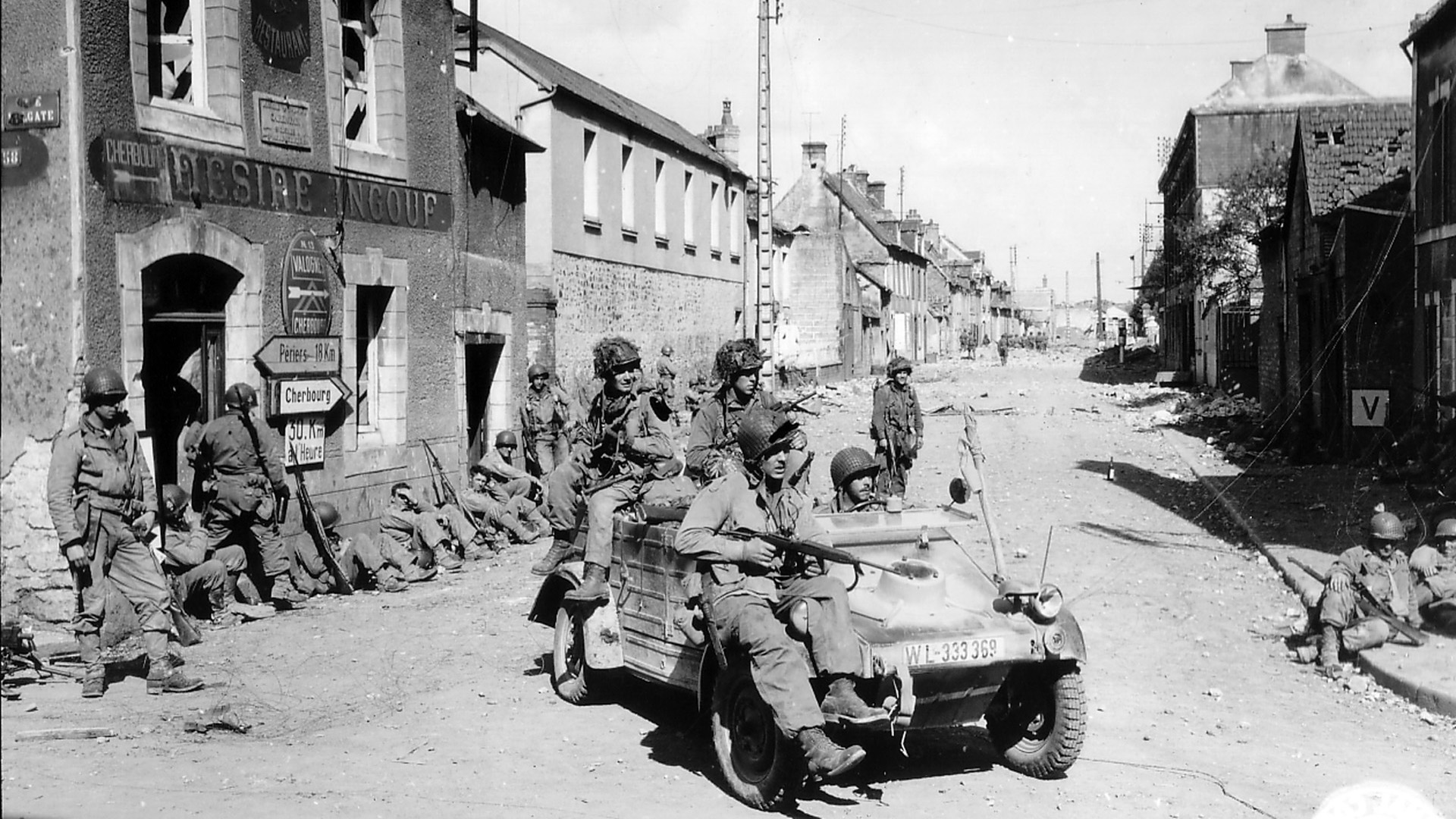
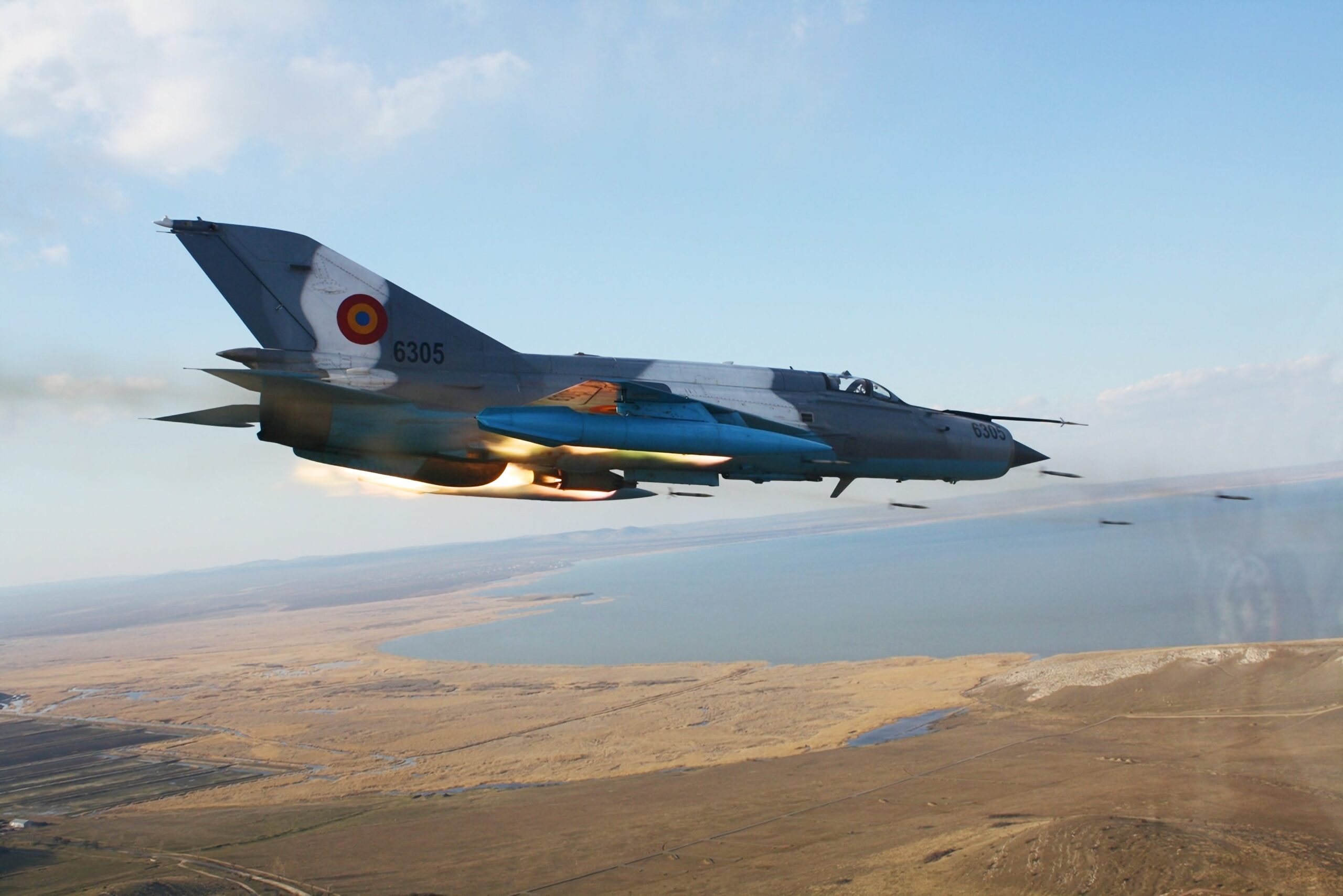

Join The Conversation
Comments
View All Comments